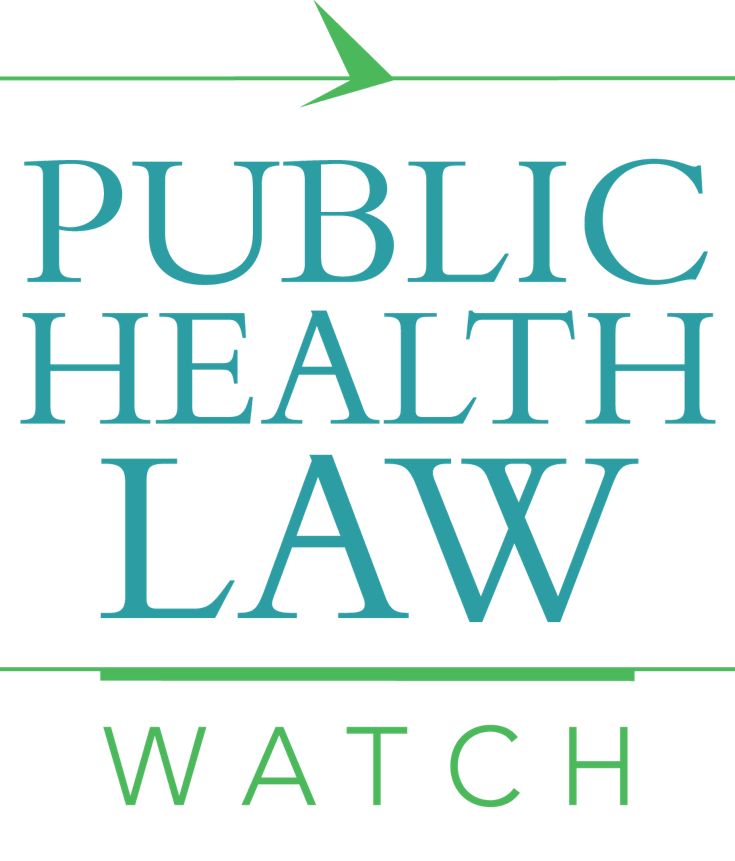By Jason Potter
According to the CDC, as of 2015, youth ages 13-24 comprised a staggering 22% of all new HIV infections in the United States. Given this alarming incidence rate, developing new and effective HIV prevention modalities for adolescents and young adults, and eliminating major delivery barriers, has become a priority. In the sphere area of biomedical HIV prevention for at-risk adolescents, one legal barrier looms large. The issue of caregiver consent (or the less inclusive “parental consent”) forms an oppressive threshold barrier to operationalizing biomedical HIV prevention among at-risk adolescents under the age of majority.
Pursuant to laws in every U.S. jurisdiction, the majority of youth in the United States from ages thirteen to eighteen (“minors” or “adolescent minors”), a critical population in the fight against HIV, are unable to operate independently of their parents, guardians, and other adult caregivers in most healthcare decisions. The general rule, typically established by state statute, is that minors cannot legally consent to decisions about health and welfare that require an understanding and weighing of risks and benefits. State laws shift that responsibility to a third-party caregiver (which may include a parent, blood and non-blood relative, foster parent, conservator, or the state). Caregiver consent, although desirable in many contexts, can have devastating consequences in matters of sexual healthcare. The California Supreme Court has noted that “there is a considerable risk that minors will postpone or avoid seeking needed medical care if they are required to obtain parental consent before receiving medical care for such conditions”. One vexing legal issue in HIV-related care for adolescents is ensuring their medical privacy. The necessary foundation of confidential care for adolescents is access without caregiver involvement.
In an effort to protect the health of minors in situations where they would sooner forgo treatment than secure the consent of a parent or guardian, lawmakers have passed laws acting as exceptions to the general rule that minors may not make their own healthcare decisions. These exceptions (“minor consent laws”) permit sensitive healthcare decisions without adult consent and, in some instances, further secure the privacy of minors by permitting providers to forgo parental notification. On the state level, minor consent laws are a major basis for a minor’s confidential receipt of necessary medical care that would otherwise be obfuscated by parental involvement.
“HIV pre-exposure prophylaxis” (“PrEP”) is necessary a necessary tool in the fight against HIV among at-risk minors. PrEP is a multidimensional prevention therapy involving periodic diagnostic testing, counseling, and the prophylactic use of an antiretroviral (“ARV,” traditionally used to treat HIV infection) as a means to prevent it. Truvada (a well-established ARV manufactured by Gilead Sciences) was the first ARV to receive FDA approval for a PrEP application. Truvada as PrEP has an efficacy in adults of over ninety percent when used as prescribed. In light of its preventive potential, oral PrEP has been embraced by the public health community, and implementation is under way across the United States among at-risk adults. Although the therapy is currently indicated for adult use only and only one published study of the safety and efficacy of PrEP for adolescents currently exists, clinicians may prescribe Truvada as PrEP to at-risk minors off-label. However, confusion about the patchwork of consent laws abounds, and there is very little guidance available to clinicians and advocates about the legal and policy dimensions of PrEP access.
In this webinar for NASTAD, part of the 2017 NASTAD PrEP Financing and Access Series, I explore the consent dimension of PrEP access for adolescent minors. Toward the end goal of facilitating confidential PrEP for at-risk minors, I develop a framework for navigating variations among the patchwork of minor consent laws in the 50 U.S. jurisdictions (and the District of Columbia) and identify inroads to confidential PrEP access in them.
The power to consent to PrEP, and other future HIV prevention modalities, has remarkable potential to change the course of HIV incidence among youth. Giving at-risk adolescents the power to consent to PrEP helps embolden them to take charge of their health, safeguard their future, and protect each other.
